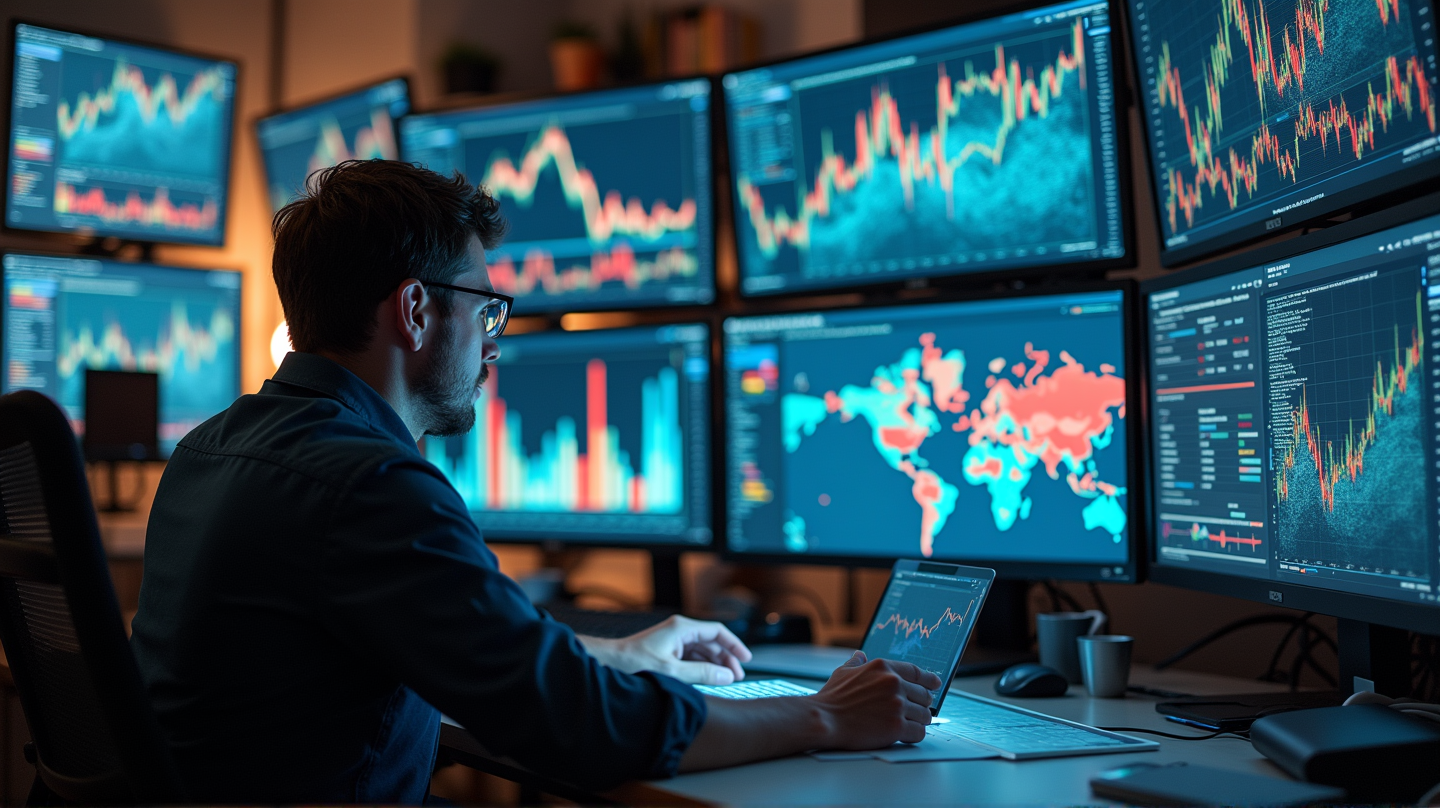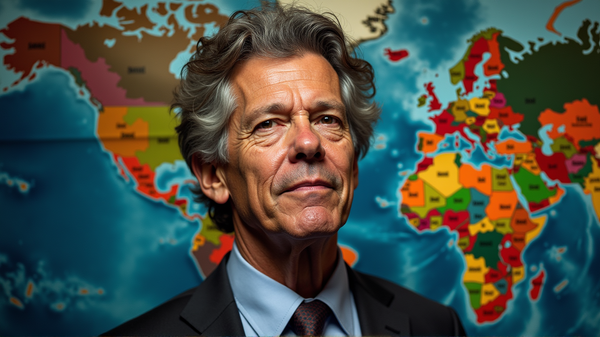The Art of Economic Forecasting: Is Accuracy Achievable?
Explore the complexities and challenges of economic forecasting, where predictions are often uncertain and influenced by human behavior.

Economic forecasting, like predicting the weather, often seems like trying to catch lightning in a bottle. Accurate predictions can offer invaluable insights, yet they remain notoriously elusive. In the world of economics, where precision meets prediction, can we ever truly rely on forecasts?
The Dynamics of Economic Presentations
Renowned economist Mike Walden, with over 3,000 presentations under his belt, knows a thing or two about laying the groundwork for economic forecasting. His format begins light-heartedly, easing his audience with humor before diving into heady topics like business climates, job markets, and the ever-persistent specter of inflation.
Understanding the Economic Puzzle
Walden emphasizes the crucial role of modeling in economic predictions. Models help economists simulate future outcomes based on current data. However, they are only as good as the assumptions they are built upon. For instance, the Federal Reserve’s adjustment of interest rates serves as a foundation for predictions about consumer behavior and spending.
Why Predictions Often Stray
Economic models falter primarily because economics isn’t a physical science, where outcomes are consistent and reliable. It’s a social science, hinging on human behavior, which is inherently variable and complex. According to JoCo Report, economists hit the mark only 20% to 30% of the time, reflecting the challenges of adapting to changing human behaviors and unforeseen global shifts.
Lessons from a Pandemic
The COVID-19 pandemic underscored the unpredictability in economic forecasting. Initial models predicted sustained high unemployment, yet inflation surged instead, catching many off guard. Such unexpected turns illustrate how swiftly human behavior can shift and demand a recalibration of economic models.
Moving Forward with Caution
Walden advises taking multiple economic forecasts into account while maintaining healthy skepticism, especially during periods of significant change, such as technological advances or policy shifts. The introduction of AI and policy changes like tariffs can upend traditional forecast models in fascinating, albeit perplexing, ways.
Listen But Question
The crux of Walden’s advice lies in listening to economic forecasts but doing so judiciously and with a grain of salt. In the end, as much as forecasts guide decisions and strategies, the unpredictable tapestry of human behavior invariably weaves its own story.
By understanding the intricacies of these predictions, individuals and businesses alike can better prepare, adapt, and thrive in a world that’s as changeable as the seasons.





